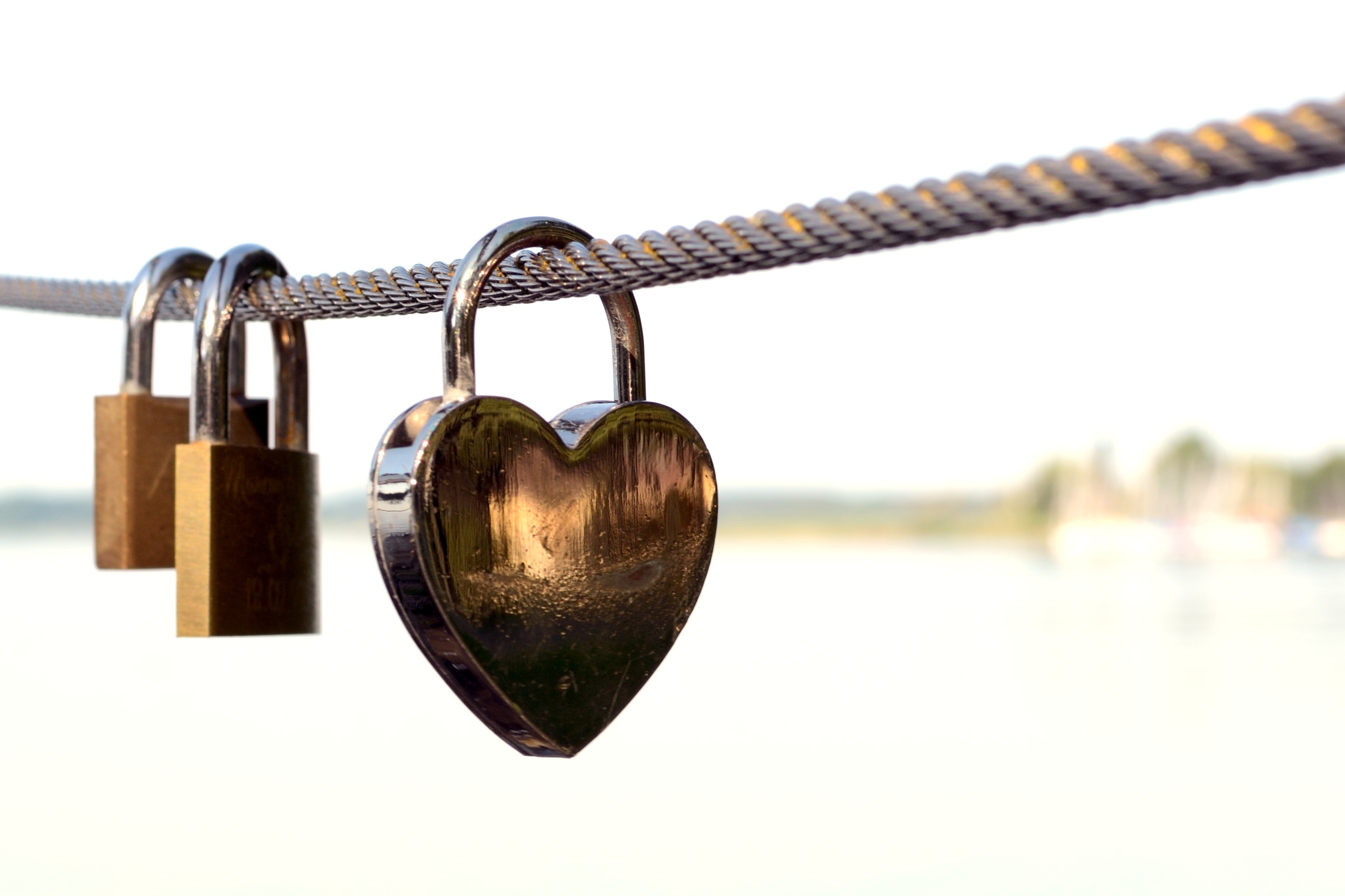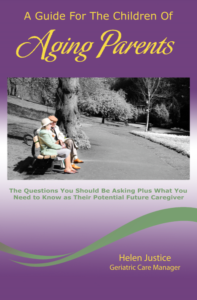 Staying home as you age is a wonderful thing. You’re surrounded by familiar objects and memories and overall are very comfortable in your own space. Something to remember, though, is that you are still aging. And with age comes physical changes that you can prepare yourself for, and you can prepare your home for as well. Some of these physical changes include eyesight, balance, and reduced strength in your arms and legs.
Staying home as you age is a wonderful thing. You’re surrounded by familiar objects and memories and overall are very comfortable in your own space. Something to remember, though, is that you are still aging. And with age comes physical changes that you can prepare yourself for, and you can prepare your home for as well. Some of these physical changes include eyesight, balance, and reduced strength in your arms and legs.
Falls are one of the top reasons why seniors are hospitalized or placed in nursing homes or assisted living facilities. An alarming statistic is this one:
the National Council on Aging says that every 11 seconds an adult over the age of 65 will have a fall that leads to hospitalization.
Knowing this, you can prevent a fall and becoming a statistic yourself by checking for hazards in your home, and then asking a friend or caregiver to check for hazards.
Here is a safety checklist to help you keep your home, and yourself, safe:
Floors
- Remove electrical cords or reroute them so that they run along the baseboard.
- Clear walking areas – hallways, doorways, foyers – of objects that can be bumped into or tripped over.
- Repair loose rugs by tacking them down.
- Remove loose rugs.
- Always be conscious of spills and wipe them up as quickly as possible.
Kitchen
- Organize your utensils and small appliances to reduce clutter.
- Clean out the refrigerator and cabinets often, throwing away expired foods.
- Store pots and pans at waist level.
- Store rags, washcloths, dishtowels away from stovetops.
Personal
- If you smoke, don’t smoke in bed or when you are tired.
- Replace shoes with slippery leather or vinyl soles with those that have a non-slip
- Use daily pill dispensers to avoid missing pills or overdosing.
- If daily tasks are getting to be too much, hire a professional home care aide.
Regular Home Maintenance
- Check for loose light bulbs that need to be tightened.
- Replace burnt out light bulbs.
- Reduce the temperature of the water heater to 120 F or below.
- Check for leaky faucets.
- Label faucets with red tape (hot) and blue tape (cold).
- Purchase small appliances that have an automatic shut off feature, such as an iron or water kettle.
- Don’t overload electrical outlets.
Safety Installations
- Add grab bars in the shower and beside the toilet.
- Place a non-slip mat in the shower, on all steps, and at the bottom of a series of steps or stairs.
- Install chair railing in the hallway.
- Check indoor and outdoor railings for stability, replace if loose.
- Consider installing an electric stairlift if walking up the stairs is too difficult.
- Add lighting to dimly lit areas.
- Add motion sensor lighting in the bathroom and hallways.



Stay Up To Date With AWGCM